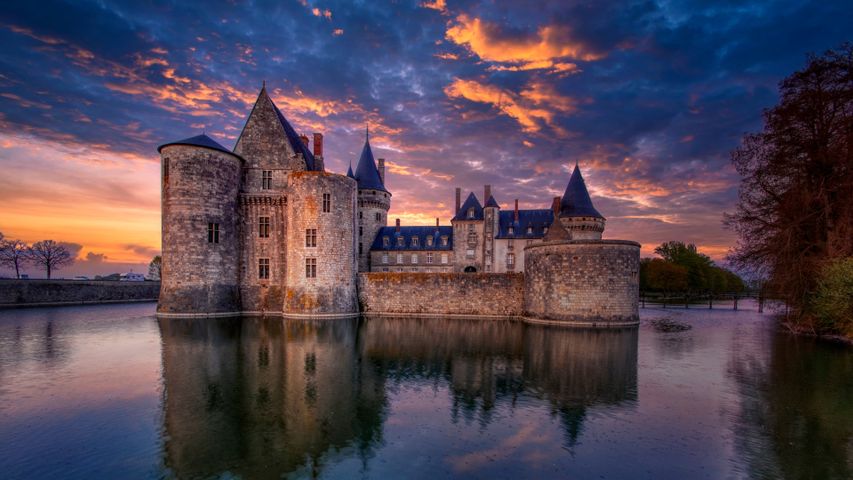A balloon flies over the Pyramid of the Sun at sunrise in Teotihuacan, Mexico
© Marco Ugarte/AP Phot
The sun rises on Aztec New Year. New Year at Teotihuacan
If the Aztecs had hot air balloons, they may have greeted the new year like this, floating above the massive Pyramid of the Sun at sunrise on the first day of the year, according to the Aztec calendar. Also known as Yancuic Xihuitl, the Aztec New Year is still celebrated by some Indigenous Nahua communities here in central Mexico with songs, dances and the flames of ocote (Mexican pine) candles. Dancers wear traditional costumes topped by quetzal feather headdresses, and people greet the New Year by making loud noises with seashells, just as Aztecs did centuries ago.
The Pyramid of the Sun is the largest structure in the ancient city that Aztecs called Teotihuacan (which means, roughly, birthplace of the gods) - but they didn't build it. When the Aztecs arrived here in the 1400s, Teotihuacan had been abandoned for centuries. Its precise origins are a mystery, it was built by an unknown civilisation around 400 BCE. Eight centuries later, Teotihuacan had become a centre of industry and trade, the largest and most powerful city in the Americas and probably the sixth largest in the world. But by around 550 CE, its major monuments were sacked and deliberately burned, the magnificent pyramids and temples deserted - at least until the Aztecs arrived. This mysterious site also contains other important pyramids, plazas, temples, palaces and a complex network of underground tunnels over an area of eight square miles - remnants of one of the ancient world's most remarkable cities.
Related Images
Bing Today Images




 Clifton Suspension Bridge during the Bristol Balloon Fiesta, Bristol
Clifton Suspension Bridge during the Bristol Balloon Fiesta, Bristol
 Hot air balloons in Cappadocia, Türkiye
Hot air balloons in Cappadocia, Türkiye
 Balloons at the Albuquerque International Balloon Fiesta in New Mexico, USA
Balloons at the Albuquerque International Balloon Fiesta in New Mexico, USA
 Hot air balloons over Clifton Suspension Bridge at sunrise, Bristol
Hot air balloons over Clifton Suspension Bridge at sunrise, Bristol
 Hot air balloon with a smile
Hot air balloon with a smile
 Fire lanterns released during Loi Krathong in Chiang Mai, Thailand
Fire lanterns released during Loi Krathong in Chiang Mai, Thailand


